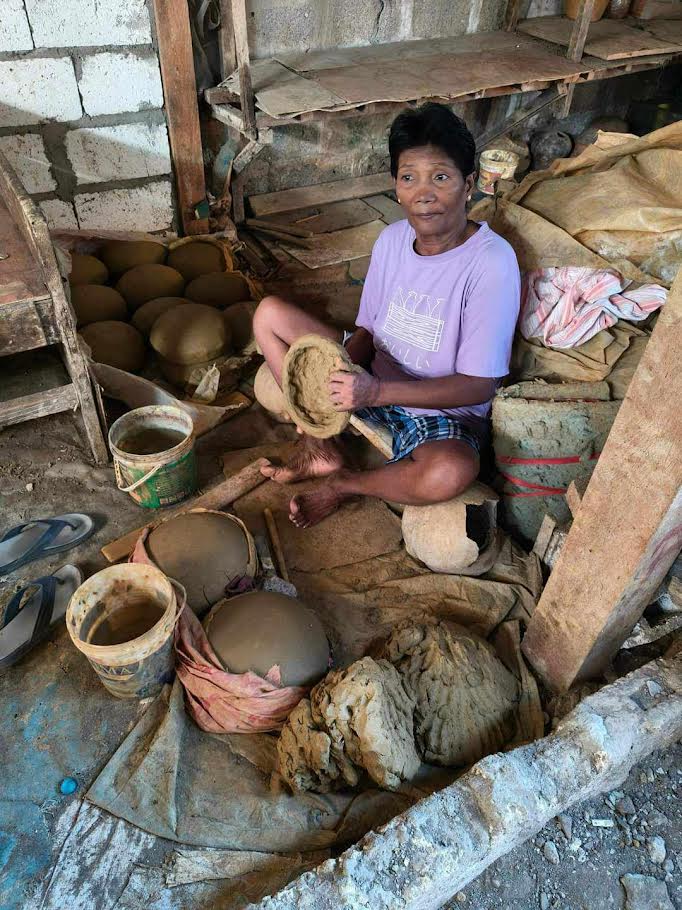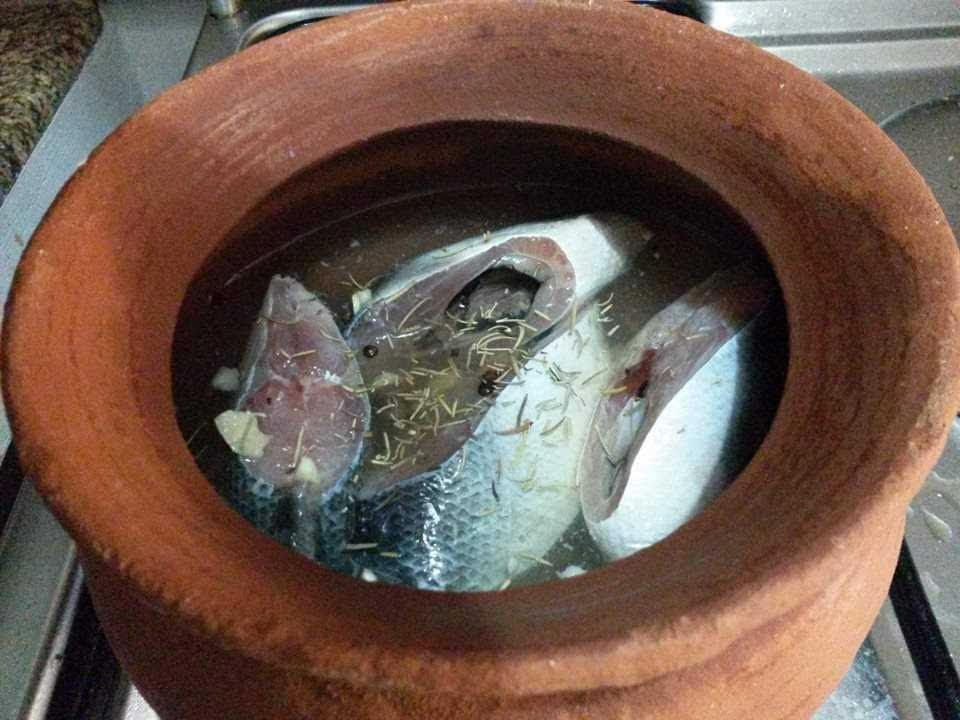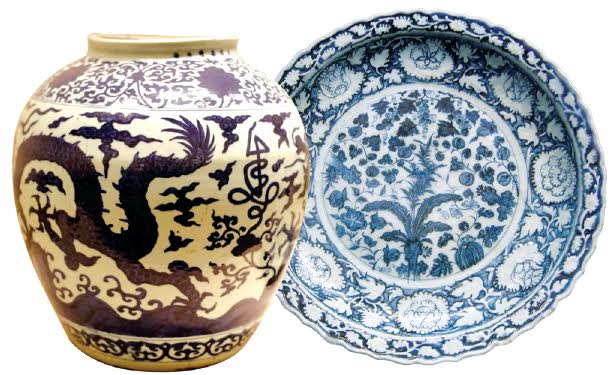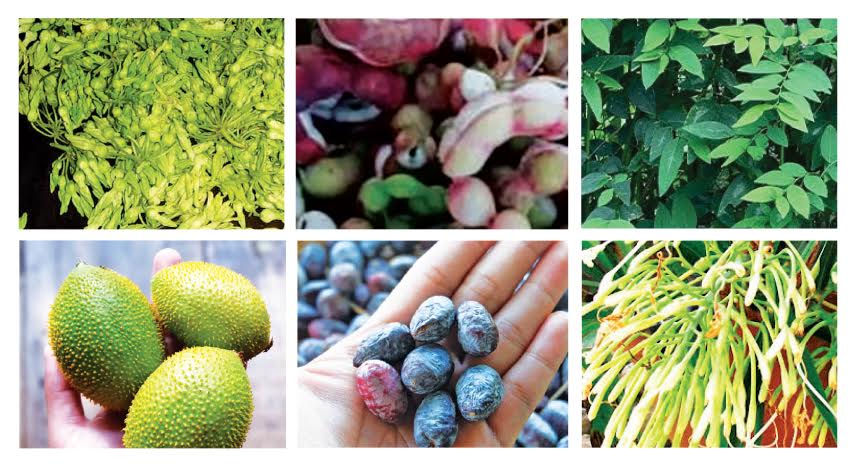Of Diwata's Pares and Philippine palayoks
Looking into the future and learning to rely on ourselves
At A Glance
- The challenge of self-reliance is the challenge to examine and nurse a fresh the meaning of independence as the guide towards the future. —PRESIDENT FERDINAND MARCOS SR.


I bit the bullet and tried the viral Diwata’s Pares Overload. True, the lines are not as long as featured in the reels a few weeks ago but the food and manner in which food is doled out is the same based on the videos. I get why it became viral, and I get why people think it is value for money.
A few weeks ago, I enrolled myself at the Fashion Institute of the Philippines Makati (FIPMakati) for the basic pattern making class. Twice I had to eat lunch out with my classmates under a “work” budget. Since jumpstarting an empty nester career with some semblance of a regular income, I was reminded of just how much eating out can eat up one’s salary. Quickly calculating how much I would spend in the course of finishing my classes, it really added up. I grew curious of the frenzy surrounding Diwata’s Pares Overload and wanted to see for myself what the fuss was all about.
I ordered the Pares set meal which cost ₱100, consisting of a bowl of lechon kawali mixed with chicharon bulaklak pares, a generous amount of rice, and a small bottle of soda. Portions were Filipino-style generous versus American portions. It was flavorful, the lechon kawali and chicharon bulaklak crunchy, and rice more than enough to accompany the set. The size of the soda was just right. I agree that this meal was value for money. I can imagine it being the one main meal for the day, for some.
I particularly liked how organized things were, although I had to be told that the line to pay for take out and dine-in were different but they soon sorted me out. You pay first then go down the line and pick out the dishes depending on what you ordered. You have the pares set menu (which I had) and you have a choice of getting/adding fried chicken and/or barbeque for your meal. Price will differ accordingly. Seating arrangements are standing, sitting, and from what I saw, there is even a segregated area for “dine-in.” People eat standing or sitting down, and on the table you have containers of chili garlic sauce, fried garlic, and chopped chives. Plastic spoons are also provided. After you eat you can just leave and someone will clean up after you. All very systematic and simple. I would go back again.
Speaking of food, I was talking to my BFF, PhD candidate in Archaeology and associate professor at the University of the Philippines Rhayan Gatbonton Melendres this morning. He is doing field work in Cebu at the moment, hunting down sources and collecting clay samples in and around Western Visayas. His objective is to determine if precolonial and early colonial pottery found in Plaza Independencia in Cebu are locally made or not.

This is done by comparing (by using, in simple terms a type of x-ray machine) the clay used in making the pots found in the site under study and the clay he is collecting from all parts of Western Visayas. The knowledge gained from his findings would be adding information to existing knowledge of how we traded and interacted with other communities in the past.
Our conversation began this morning when I sent him an IG reel of the dying pottery tradition of Jingdezhen craftsmen. Rhayan and I share an interest in pottery. He started specializing in the identification of tradeware ceramics found in the Philippines while I focused on decorated Metal Age period pottery found in the archipelago. Tradeware ceramics (form China, Vietnam, and other Asian nations) found in the Philippines is just that, ceramics used in trade during precolonial up to Spanish times, especially during the 300-year-long Manila-Acapulco Galleon Trade (1565-1815).
When you study Philippine ceramics, you are bound to encounter tradeware recovered in various archaeological sites in the country, terrestrial and maritime in particular. And accordingly, be familiar and eventually be able to identify the various styles and periods where these tradeware originated from.
The Metal Age period in the Philippines encompasses the time between 500 BC – 1000 CE. This period saw use of metal and are found along side pottery materials in the archaeological recorded. Most of the local pottery from this period are earthenware pots or what we call palayok. They are fired or “cooked” in low temperatures.
At present, Rhayan has become a clay pottery hunter of sorts and while he was on a nine-hour journey to his next clay source destination, Medellin, Cebu, I distracted him with questions about the palayok.
Jingdezhen in Jiangzixi province in Southern China is famous for its porcelain. It was recorded as a producer of porcelain as early as the 6th century and eventually got its name from Emperor Zhenzong, who reigned in the 11th century (997-1022). It was during Emperor Zhenzong’s reign when Jingdezhen became the largest production center of Chinese porcelain—in fact, official kilns in Jingdezhen were tasked only to make porcelain for the imperial household to be used in everyday life to be given as gifts by the emperor.
Often, tradeware ceramics found in the Philippines are the Chinese Blue and white porcelain from Jingdezhen and Zhangshou in China. The former, having gained a foothold in maritime trade first, thus dominated the international market. The Philippines included. By the 14th century Zhangzhou wares began appearing in the Philippines, based on their presence in the archaeological record.
Witnessing the decline of the centuries-old ceramic trade of Jingdezhen leaves one nostalgic. Rhayan agrees but adds that despite a decline in the use of palayoks in far flung places in the provinces as people opt for metal and plastic alternatives, there are still some communities who have held steadfast in their belief in our palayoks as far as cooking is concerned. Some communities still prefer the palayok when cooking fish or any dish with vinegar or any “pampa-asim” compared to those made out of metal. They insist, using metal pots with these ingredients turns the dish bitter. In addition, the palayok is still the choice for communities using wood to cook. In areas where wood is still abundant, the palayok reigns.

Speaking of cooking, the other day I was going through a backlog of recorded lectures given during the University of the Philippines School of Archaeology “Binalot Talks,” held every Wednesday. One of the lectures I missed was given by Biodiversity and Food Heritage Advocate John Sherwin Felix, “Food Heritage and Food Biodiversity.”
Very interesting lecture on indigenous/native, endemic, introduced, and cultivated species. As he succinctly put it, “Hindi lahat ng native ay endemic pero lahat ng endemic ay native.”
For introduced species of edible flora and fauna vs naturalized species, Felix points out, if the population does not accept an introduced species, it does not survive and argues if accepted then it is naturalized. Felix then proceeds to introduce examples for each. It is telling when members of the audience were asked to identify some of our native and endemic species, and failed to do so while easily recognizing naturalized and cultivated vegetables and other species from other countries like China for instance.
Case in point, did you know that all the vegetables mentioned in the song Bahay Kubo are introduced and some cultivated species? None were native or endemic.
The beauty of Felix’s research is that he has documented endemic and native species found still being sold in markets and to be cooked in homes—some of which whose existence we are ignorant off.
Edible species found in abundance around us but no longer in our collective memories as to their use. According to Felix, “The Philippines is one of the 17 mega-biodiverse countries in the word. It ranks fifth in the number of plant species and maintains five percent of the world’s flora… The country is at the apex of the Coral Triangle that support a network of reefs that has the highest concentration of marine species per unite area but despite the richness of our biodiversity, many of our unique flora, and fauna, and funga remain overlooked.”
This fact is germane today as we find ourselves in the cusp of an alarming dependence on others for the country’s food security. My uncle the late Ferdinand E. Marcos said, “The challenge of self-reliance is the challenge to examine and nurse a fresh the meaning of independence as the guide towards the future.”
Let us look into the future and resolve to rely more on ourselves for our survival and development. Let us care for our future, and understand what the future may bring for our children and their children. As the Filipino botanist and conservation biologist Dr. Leonardo L. Co (1953-2010) would say, “You cannot effectively protect what you do not care for and you cannot care for what you do not know or understand.” For our survival may just depend on it.